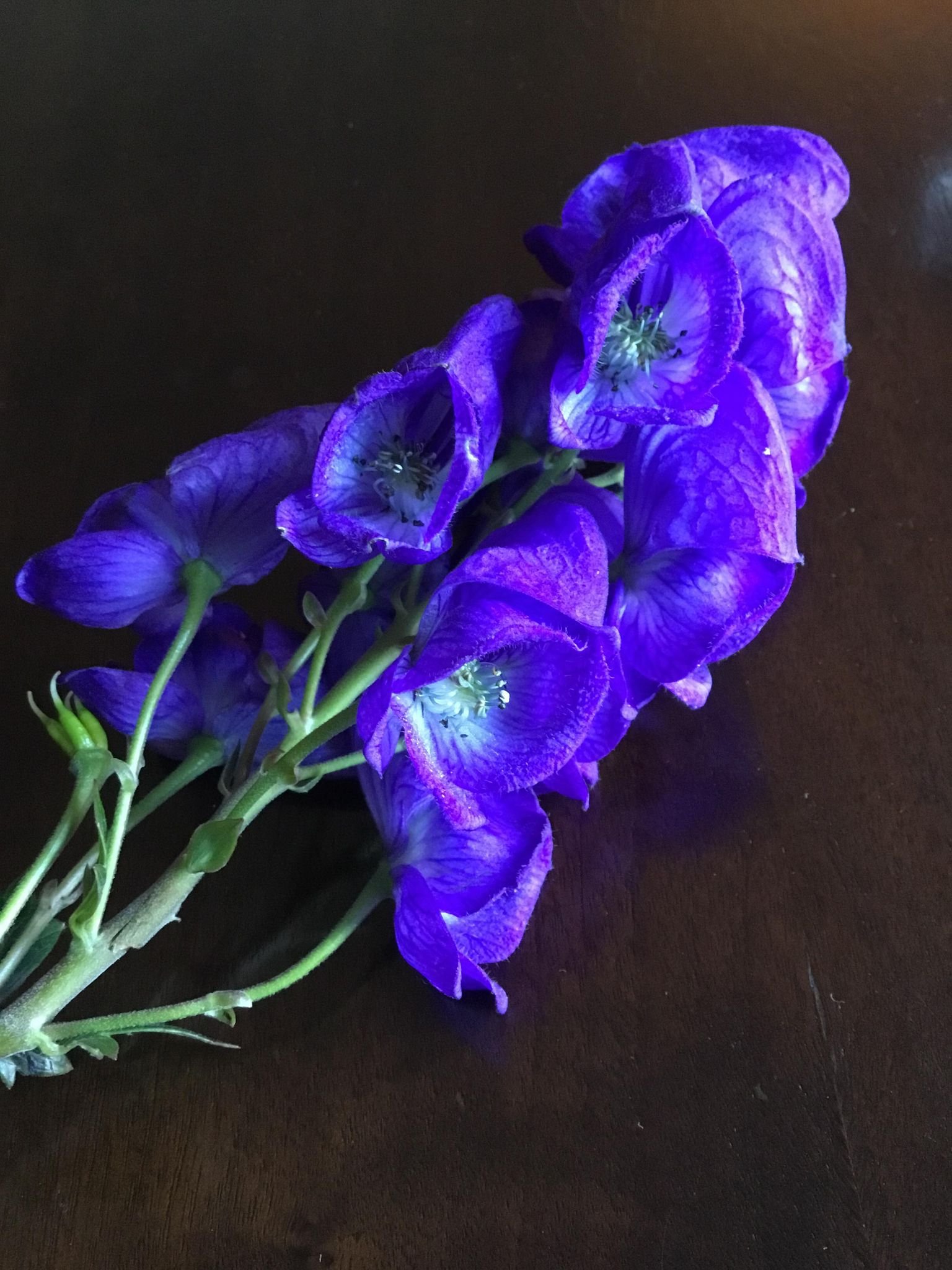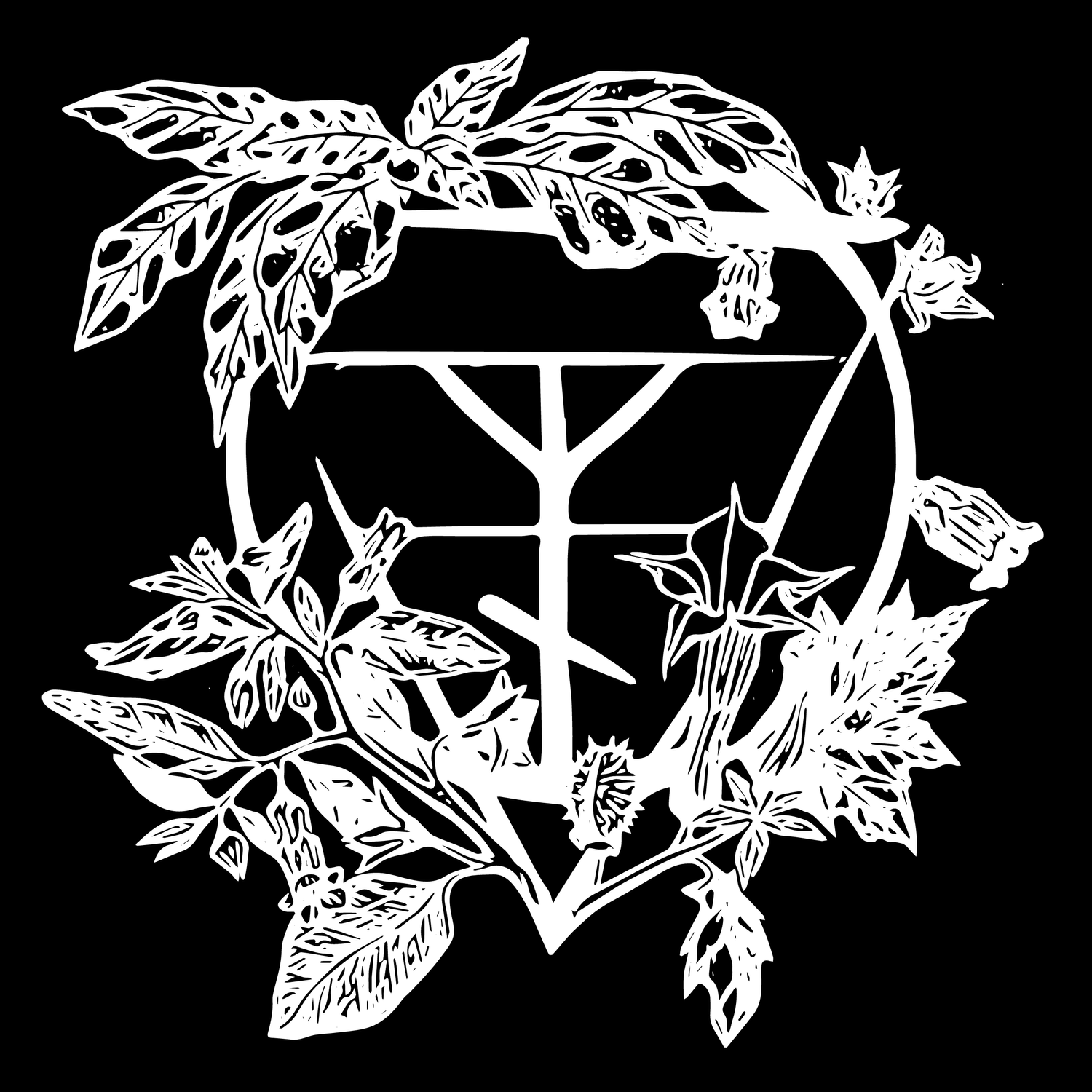
Articles and Information

Praise for The Poison Path Grimoire
The Poison Path Grimoire: Dark Herbalism, Poison Magic, and Baneful Allies by Coby Michael, Rochester, VT: Destiny Books, 2024.

Runes for the Green Witch by Nicolette Miele
Runes for the Green Witch: An Herbal Grimoire by Nicolette Miele

Remembering the Spiritual Properties of Entheogenic Herbs & Fungi

Plant Spirit Glyphs
Plant spirit glyph theory and construction.

Unguentum Venenum: A Flying Ointment
An early flying ointment experience.

The Fly in the Witch’s Ointment: Redefining the Poison Path
The Poison Path, or use of ritual entheogens in a spiritual-magical context has existed for centuries, even millennia. There is evidence of such practices in all ancient and indigenous cultures going all the way back to the paleolithic period. Ethnopharmacology grew out of the study of these practices and the cultures that cultivated them. Psychonauts, a term designating individuals who utilize mind altering entheogenic substances for their consciousness expanding effects arose through the work of Jonathan Ott and Gordon Wasson in the 1960s and 1970s. The term “Poison Path” wasn’t introduced until the 1990s with the publication of the Pharmako trilogy written by Dale Pendell, an American poet and ethnobotanist. Over the past few years, the term Poison Path has been adopted by witches and pagans to describe the work related to a collection of plants known for their effects on human physiology, as well as their mythological association with magic and sorcery. Dale Pendell, not a pagan himself, mentions in an interview with Cabinet Magazine, the use of tropane alkaloids being of particular interest to pagans (witches).

Devil’s Eye: A Collection of Henbane Lore
Henbane is a magical plant with a history that goes back as far as ancient Greece, Nordic shamanism, and Indo-European tribal cultures. It was known to be sacred to Apollo in ancient Greek mythology, where it was known as Herba Apollinaris. It was one of the visionary herbs of the famous Oracle at Delphi, which was a site sacred to the previously mentioned deity. Other gods and goddesses to whom it is held sacred are: Belenos, Hades, Hecate, Jupiter, Thor and Zeus. This list of patron deity’s speaks of the plants dual nature; its connection to the Underworld and the thunderous sky gods.

A Collection of Wolfsbane Lore
Queen of Poisons

Mark of Cain: A Collection of Poison Hemlock Lore
Magically the Poison Hemlock can be used to paralyze a person or situation, which corresponds to its chemical action on the nervous system. The plant causes death through respiratory failure, and acts on the peripheral nervous system; causing coldness, depression, paralysis and weakness. It is involved in astral travel like other plants that loosen the soul from the body. As a powerful herb of consecration and protection it can be used in oils to anoint ritual tools and destructive charms. Hemlock has an earthy and watery nature based on its large chambered root, and affinity for growing near streams.

Devil’s Apple: A Collection of Datura Folklore
Datura, known by many names by many different cultures since ancient times, is one of the sisters of the Nightshade family; the Solanaceae. She has been used by European witches, native shaman of both North and South America, and is a popular plant of modern witches and sorcerers on the Poison Path. According to the lore of Scott Cunningham, Datura is used for hex breaking, sleep and protection, but that barely scratches the surface of this nocturnal witch’s herb. Like many of the plants of the Witch’s Garden, their mysteries continue to unfold as we work with their spirits and bodies in our practices.

The Court of Helleborus: A Collection of Hellebore Lore
Poisoning by this plant causes tinnitus, vertigo, stupor, and thirst. It also includes a feeling of suffocation, swelling of the tongue and throat, followed by violent emesis (vomiting) and a slowing of the heart rate until it causes death by cardiac arrest. It will also burn the eyes and irritate the skin when in direct content with the juice of the plant, including contact with bruised leaves. Chemically it is related to the venom found in certain toad skin.

A Collection of Belladonna Lore
This plant has always had a seductive and magical quality to me, and many others who have fallen under her hypnotizing spell. For example, Robert Cochrane specialized in Atropa belladonna and her alkaloids, which eventually lead to his strange death. I remember first hearing about this plant in the movie Practical Magic, where Aunt Jet’s Belladonna played a central role in the movie, causing the death of Jimmy Angelov. The role this plant has played throughout history is evidence of the power this plant holds. I like to think of Belladonna as my plant spirit familiar. She is a witch’s ally, and beyond some of the more obscure medicinal uses for this plant, this is a plant of magic, witchcraft, and the Underworld.

A Collection of Mandrake Folklore
Notes on the magical mystical mandrake.

Foxglove: Digitalis and the Faery Realm
It was said that fairies hid inside of the large cup-like flowers of the Foxglove, and a bent stalk denoted the presence of supernatural beings, weighing down the plant. Foxglove is a perennial woodland plant, which is a biennial, producing flowers in its second year. The recognizable purple-pink bells are often seen in works of art depicting fairies and other magical creatures, often alongside the magic mushroom Amanita muscaria. Foxglove like the magic mushroom is connected to the Otherworld by its visionary properties and assists one in communicating with beings from this realm.

Nightshades All Around Us: Solanum dulcamara
All of the plants within the Nightshade family contain some kind of active alkaloids. Even less poisonous ones like tomatine, solanine and nicotine are in tomato plants, potato plants and tobacco. The more dangerous nightshades like Belladonna, Datura, Henbane and Mandrake contain more potent alkaloids like scopolamine and atropine, which have resulted in death, hospitalization and unpleasant hallucinations. Although they can be poisonous, they are also very valuable medicinally. They are very effective at relieving pain when used topically. They help with gastro-intestinal issues, are effective sedatives and are used as anesthetics.

Solanaceae in the Garden of Shadow
There are no plants more specifically associated with Witchcraft and the Devil than those that belong to the family of Nightshade, the Solanaceae. In Latin, Solanaceae means “to soothe,” and they are valued for their pain relieving and sedative properties. This category consists of the infamous plants of the medieval witch’s garden, all of them feared and revered for their healing powers and their ability to loosen the shackles of the physical body thereby freeing the spirit. In legend this was also known as the Garden of Hecate, Queen of Witches, who possessed knowledge of the uses for all the baneful herbs, passing it on to her daughter Circe, and the witch Medea. Both of whom were well known pharmakos, an ancient term for those who worked with plants.

Thornapple, Gender and Ritual Application
In short, these plants have so much to teach us. I really believe that there is no end to their wisdom. Even after years of working with specific plants they continue to share new things about themselves and how we can better partner with them to make positive changes within ourselves and within the world around us.

Scott Cunningham: The Path Taken: Honoring the Life and Legacy of a Wiccan Trailblazer
This book doesn’t require my endorsement, nor does anyone need reminded of the importance of the work of Scott Cunningham. He is one of our elders, among the Mighty Dead still guiding our magical work from beyond. To know his work is to know our history as modern magical practitioners.

The Death of Christian Rätsch

The Poison Path Herbal, One Year Later
So much has happened and changed since The Poison Path Herbal came out a year ago! Always evolving, always changing.
